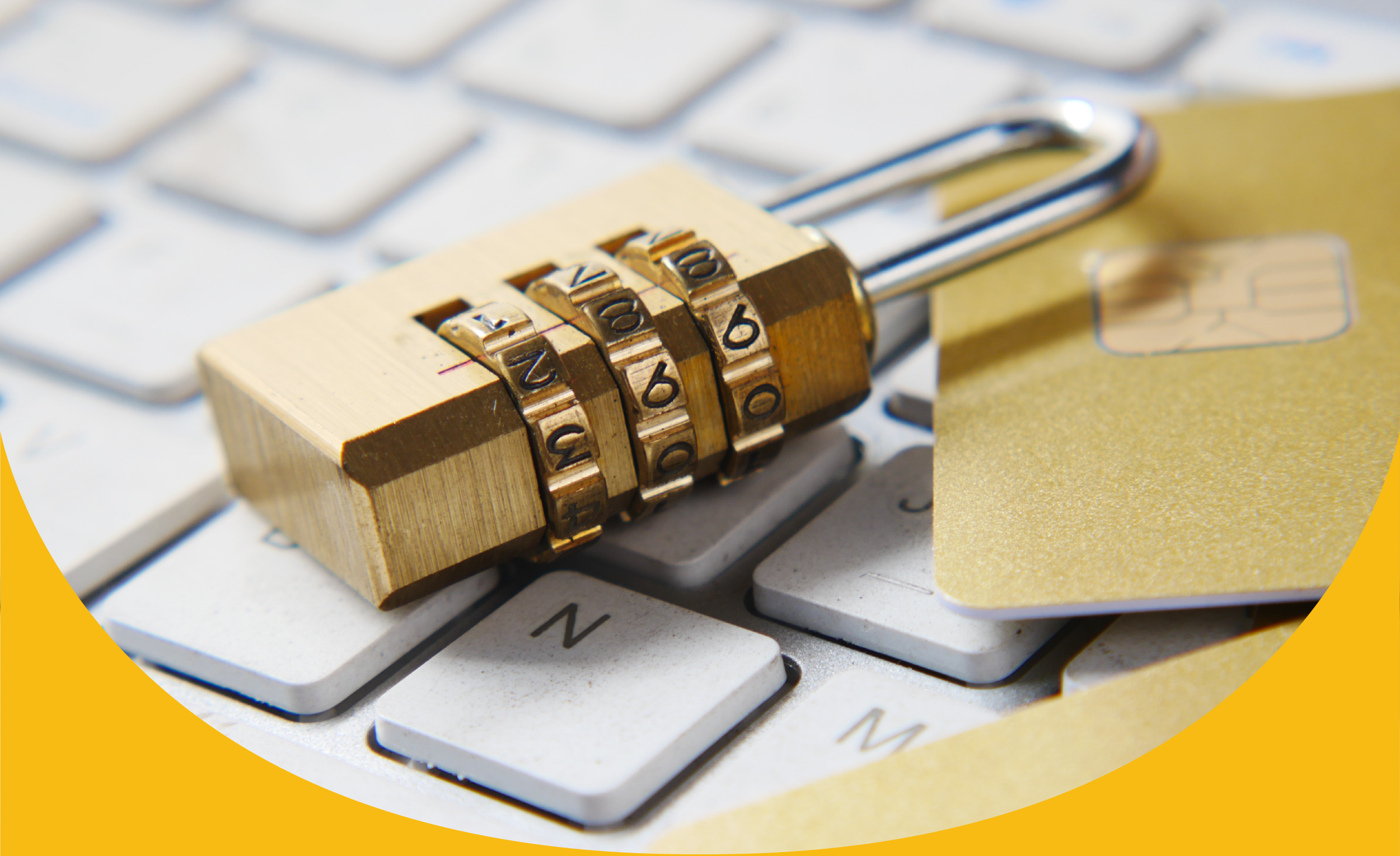Technology and networks keep growing, and consequently, companies’ cybersecurity is more exposed daily. A reactive security plan is not enough to deal with the threats of the current technological context and potential ones. A successful cybersecurity plan must be proactive.
Implementing proactive and effective cybersecurity measures is the safest way to reduce the risks of being exposed to vulnerabilities and cyberattacks, which are becoming more sophisticated every day. It means anticipating and acting proactively. A cybersecurity plan must attack both known and unknown threats.
When a company’s security fails, the image and performance of the business suffer damage that is not always possible to heal. For this reason, it is essential to emphasize that cybersecurity is a critical factor that can make the difference between choosing or rejecting an app.
What is cybersecurity?
Cybersecurity is the practice of protecting systems, networks, and data from digital attacks. It encompasses a set of procedures, equipment, and tools designed to protect computer security from possible digital attacks.
These protection measures prevent the theft and hijacking of data or codes within an app, among other things.
What is proactive cybersecurity?
A proactive cybersecurity plan – or proactive cybersecurity – refers to the methods to prevent cyberattacks.
In contrast to a reactive plan that focuses on detecting threats after they have become actual attacks, proactive cybersecurity seeks to detect and correct system vulnerabilities before the cyberattack occurs.
A proactive cybersecurity approach includes using advanced threat detection tools and specialized training on these topics for all company staff (not just IT).
The primary goal of proactive security is to prepare for an attack rather than wait for it to happen.
The best practices for proactive cybersecurity
Implementing proactive cybersecurity best practices is the most efficient way to prevent cyberattacks. This way, it is possible to detect security threats and weaknesses before cybercriminals do.
These are some proactive cybersecurity best practices:
Data Loss Prevention (DLP): set of processes, programs, and tools to prevent data loss, ensuring that unauthorized users cannot access data and that authorized users do not use it illicitly. Generally, it works by identifying the data that needs to be protected and monitoring the entry points to the network, controlling the transfer of data between users to detect any suspicious activity.
Pentesting: consists of testing the application, just as a hacker would do, to find security vulnerabilities and correct them.
Promote a company’s culture of cybersecurity: human error is the leading cause of security attacks. Therefore, training employees is the best defense. Educating and training everyone in the company on cybersecurity issues is vital in creating a cybersecurity culture. For example, raising awareness about possible cyber risks in everyday tasks and not clicking on suspicious links.
Attack surface management: consists of permanently identifying, inventorying, classifying, monitoring, and prioritizing all digital assets (known and unknown). Consequently, you can identify potential attack vectors and cyber exposures and protect against possible attacks.
The risks of not having a proactive cybersecurity plan
By 2022, a more significant number of cyberattacks is expected, exceeding the record level of 2021. Consequently, organizations that do not have a proactive cybersecurity plan will be exposed to possible attacks that exploit their security breaches.
Finance is one of the industries that are most at risk, and the potential severity of the impact of a breach on its data security is usually extreme. A cyber attack usually leads to economic and operational losses, negatively affecting the company’s reputation.
According to the Cost of a Data Breach Report -conducted by IBM annually- the average cost of a data breach in the financial industry in 2020 was 5.85 million and 3.86 million dollars for the rest of the sectors.
Organizations that don’t consider cybersecurity and data protection as an investment will suffer from this omission, which will be very expensive.
The human factor in cybersecurity
According to the same IBM report, the human factor is among the top 3 causes of data breaches and plays a central role in 23% of breaches. It happens mainly because of forced teleworking. Companies did not have time to draw up a plan and improve their IT security in this transition. As well as neither train their employees in attack prevention.
The result is more mistakes by employees who become victims of phishing, social engineering attacks, or misconfiguring a system. For this not to happen, workers need training in cybersecurity issues to detect phishing emails, for example.
The importance of proactive cybersecurity in the financial industry
Financial cyber attacks continue to grow and are becoming more sophisticated. According to United Nations (UN) data, a computer attack occurs every 39 seconds. This increase is directly related to the growth of virtual transactions due to the confinement experienced by the Covid 19 pandemic.
For this reason, banks and financial institutions must have a proactive cybersecurity plan to protect themselves from the actions of cybercriminals and guarantee information security.
The great attraction of fintech for cybercriminals lies in the amount and type of information they collect from their customers. This data is often used to commit fraud through identity theft. Therefore, one of the biggest challenges facing the industry is protecting its assets and users.
The accelerated transition to digital financial channels – also a consequence of the Covid-19 pandemic – failed to protect the consumer without security adjustments. Consequently, fraud of all kinds increased.
A proactive approach to cybersecurity is essential for the financial industry since the threat risks are more significant by operating with multiple decentralized systems in widely interconnected groups.
To effectively combat cyberattacks in all forms, the financial industry must have a multilayered cybersecurity plan that includes tools for fraud detection and regulatory compliance based on artificial intelligence.
Final considerations
A cybersecurity strategy must include technology, processes, and people and be a priority for all company areas. A proactive approach to cybersecurity is the best way to minimize threat risks.
Financial organizations represent a tremendously lucrative opportunity for cybercriminals. Therefore, they must maintain continuous vigilance, implement adequate technological solutions, and train employees and users to reduce security breaches and guarantee the protection of users’ data.
Repairing cybersecurity damage is economically expensive and means a loss of image that is difficult to rebuild. Given this scenario, anticipating and reducing risks is the best investment today.
Are you worried about your app’s cybersecurity?
At ThinkUp, we are experts in cybersecurity and developing mobile solutions. Contact us for more information.






